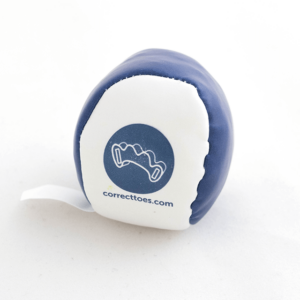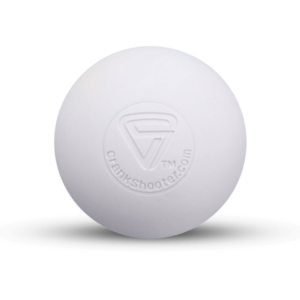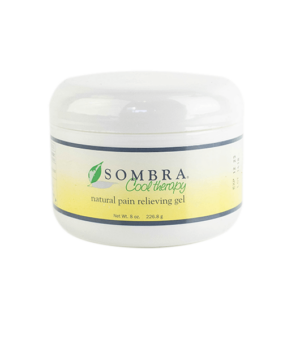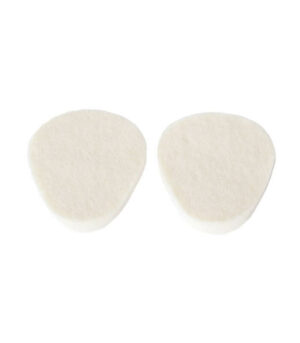Sesamoiditis
Foot Conditions and Problems
Sesamoiditis
An irritation, mal-alignment or fracture of the sesamoids, the small free-floating bones at the distal end of the 1st Metatarsal.
Cause
Sesamoids can be injured from blunt trauma, or overuse. Conventional footwear plays an important role in aggravating the sesamoids. Shoes with tapered toe boxes and toe spring cause the sesamoids to deviate from their aligned grooves, causing dysfunction. (Click here for a video demonstration of this phenomenon). When your Hallux, or big toe, is properly aligned with your first metatarsal bone, your sesamoids are also properly aligned and function as they’re intended to.
Signs and Symptoms
Some of the most common signs and symptoms associated with sesamoiditis include:
- Pain localized under the big toe, or ball of foot
- Swelling or bruising
- Impaired ability to bend or straighten your big toe
Recovery
Injured or inflamed sesamoid bones are difficult to heal as sesamoids are under pressure throughout standing and gait. Conservative treatment techniques include:
- Naturally shaped footwear that is flat, widest at the ends of the toes, and flexible. Flat footwear will decrease ball of foot pressure, allowing for natural alignment of the toes.
- Correct Toes, a toe spacer for sesamoiditis to help naturally position the Hallux, pulling the sesamoids back into their natural grooves.
- Drastic cases may require immobilization of the affected foot in a cast or removable walking boot.















